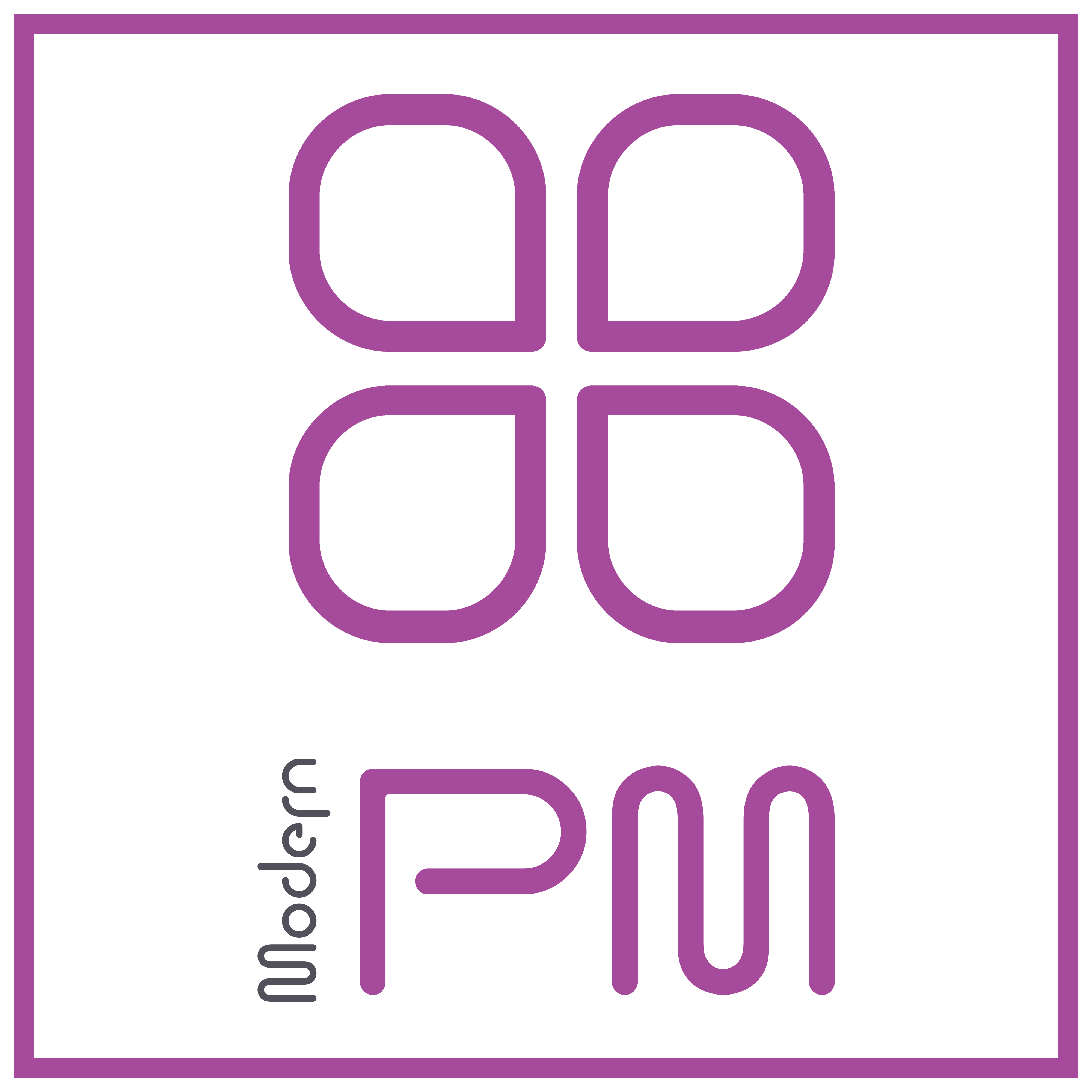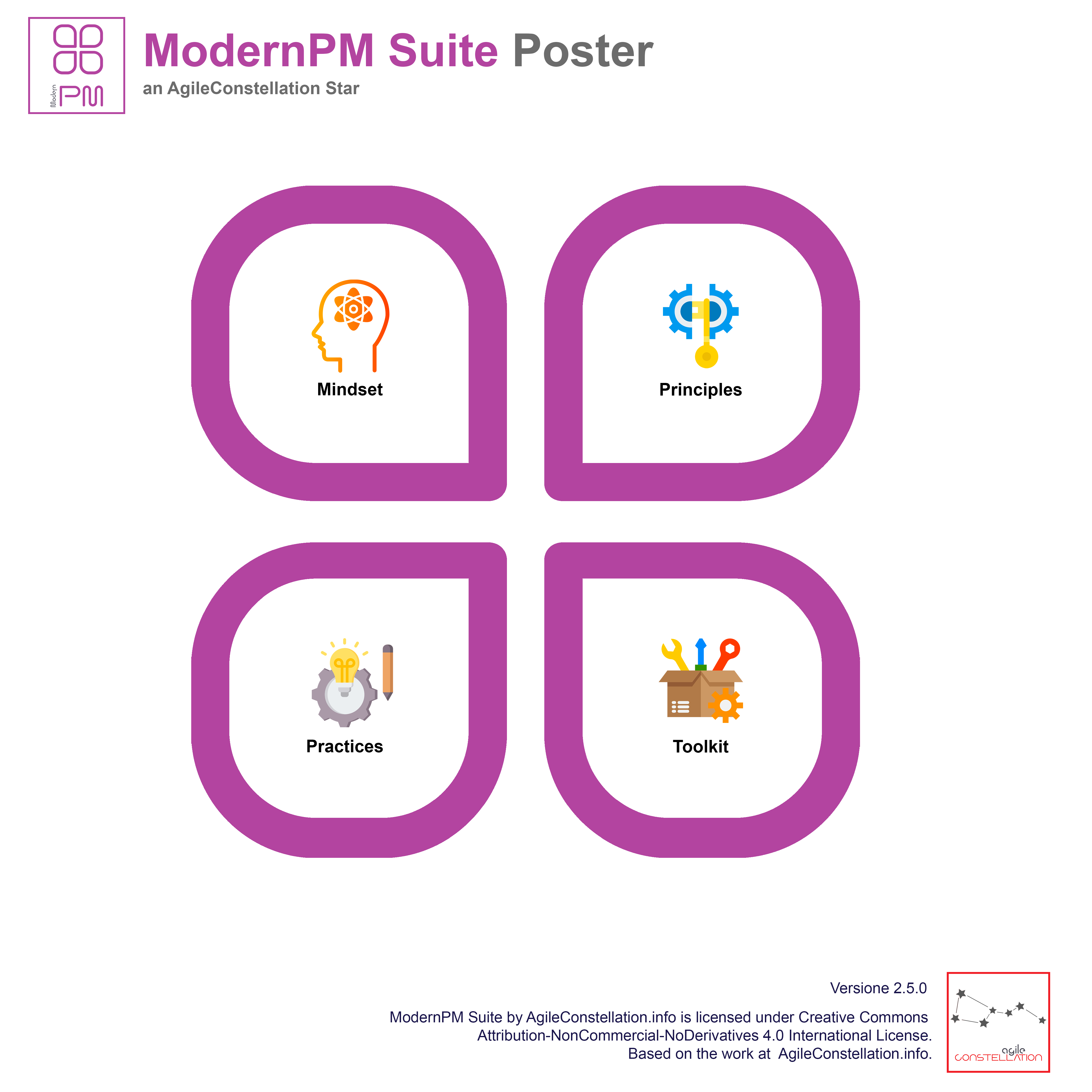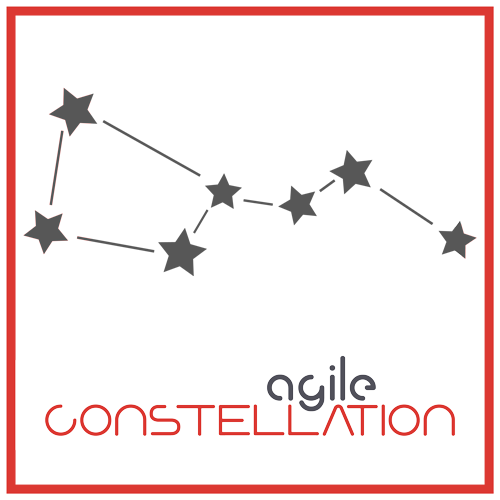
The modern approach to Project Management requires going into the merits of things and properly evaluating which tool can best help us achieve our goals. To do this, we need to know the different approaches well (knowledge), have experience in using them (competence) and understand how they can help us in the specific context (pragmatism), experimenting and making mistakes with a view to continuously finding new options and solutions.
Thanks to ModernPM, it will be possible to deal with this complexity with an operational base based on a mix of governance and adaptability in an agile key, summarized by the word Adapt, which underlies the iterative nature of Modern PM (Modern Project Management).
After creating the project vision, and identifying the related context, we proceed to the definition phase of the deliverables (objectives) and the choice of the most suitable lifecycles to quickly generate value for the customer and collect feedback.
In this way it is possible to realign the activities according to the real expectations of the stakeholders, reducing the risk of having to make massive interventions in the final phases of the project where the costs could no longer be sustainable.
There are four Pillars that explain the fundamental elements of the ModernPM:
- Philosophy, or the cultural aspect to be developed
- Pillars, the core elements that underlie the development of valuable initiatives
- Principles, which guide the operational focus
- Practices, which allow the various activities to be implemented concretely

The goal is to identify a series of reference approaches (lifecycle) to compose your own bouquet of options that can vary significantly according to the characteristics of the project, product and related constraints.
Each lifecycle is characterized by 5 fundamental factors which together define the ModernPM Lifecycle Toolkit (MLT): Context, Metrics, Roles, Events and Tools. In this way, what is operationally necessary to adequately implement the selected lifecycles is made explicit, as well as how to support its application.

Specifically, therefore, we have:
- Context: the context, in terms of project and organizational complexity, is the fundamental driver in the choice of the appropriate lifecycles.
- Metrics,land the right metrics allow the working group to validate the improvements achieved.
- Roles, depending on the lifecycles identified, it is essential to identify and support the related roles.
- Events, the specific events help the working group to align itself in the various operational aspects and with the project stakeholders.
- Tools, foreach lifecycle there are specific tools that help in the different phases of management and operation.



